How the Kargil War Changed India's Defense Strategy Forever
Noopur Kumari | May 09, 2025, 18:00 IST

( Image credit : Times Life Bureau )
They climbed frozen cliffs with bleeding hands and unshaken hearts—while we watched, unaware. The Kargil War wasn’t just a battle; it was a wake-up call that shattered illusions and rewrote India’s defence DNA. From broken intelligence to unstoppable bravery, this story uncovers how 74 days of fire on icy peaks forced a nation to rise, rethink, and rebuild its military soul. This is not history—it’s a warning we carry forward.
A country never forgets some of its pains. Some conflicts leave behind more than simply devastation—they leave behind a resolve. One such war was the 1999 Kargil War. It was a turning point for India, not just a battle at 16,000 feet. More than troops were carried in tricolor-wrapped coffins as they returned home. They brought with them regrets, questions, and a new national pledge: We will never be taken by surprise again. In addition to altering maps, this conflict changed Indian defensive doctrine as a whole as well as people's perspectives and tactics. This is how Kargil turned into a pivotal event that changed the essence of Indian military thought.
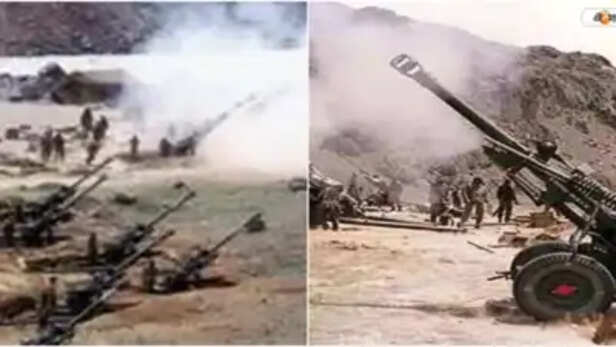
Before the Battle of Kargil, India thought that its rocky landscape and diplomatic pacts would shield it from unexpected invasions. However, the battle revealed the false sense of security. For weeks, Pakistani soldiers posing as militants had taken over vital Indian locations without anybody noticing. A permanent transition from seasonal surveillance to year-round, all-weather vigilance was brought about by this shock. Forward posts in Kargil and Siachen were now manned around the clock. High-tech radars, drones, and satellites were used for real-time surveillance. Kargil showed us that ignorance is a breach rather than a blessing in contemporary combat.
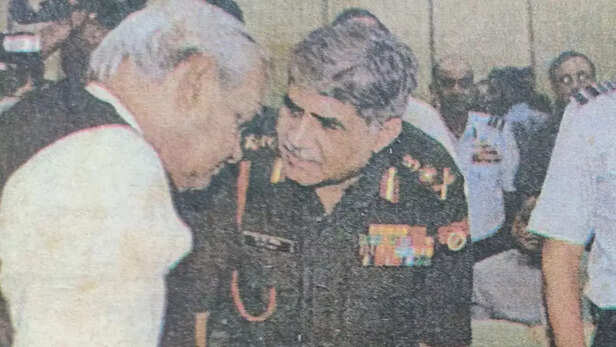
After Kargil, India's intelligence services came under heavy fire. It was a lack of coordination, not bravery, that caused the invasion to go undetected. In the aftermath, the Kargil Review Committee (KRC) was established as a new structure. The administration reorganized the intelligence apparatus following its suggestions. Technology adoption accelerated, interagency collaboration strengthened, and the Defence Intelligence Agency (DIA) was established. Intelligence was now a shared strategic asset rather than a separate activity.
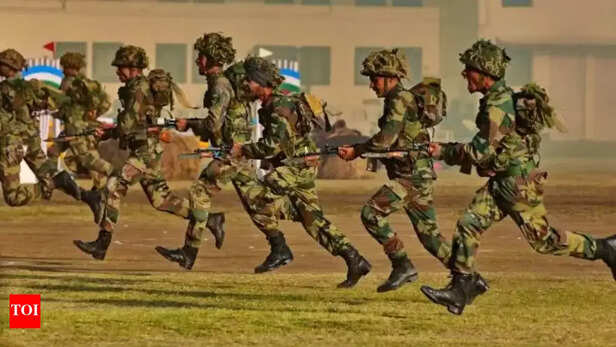
Kargil wasn’t just a war; it was a wake-up call. Our soldiers, full of courage, climbed icy heights with outdated gear against enemies hidden in fortified positions. The nation watched in grief and fury. That pain turned into a promise—never again would a soldier face battle without the best. Bulletproof jackets, snow gear, modern rifles, and secure communication became the new norm. But more than that, it was an emotional revolution—a silent oath that every warrior deserves not just our respect, but the right tools to return home alive. We learned. And we changed, forever.
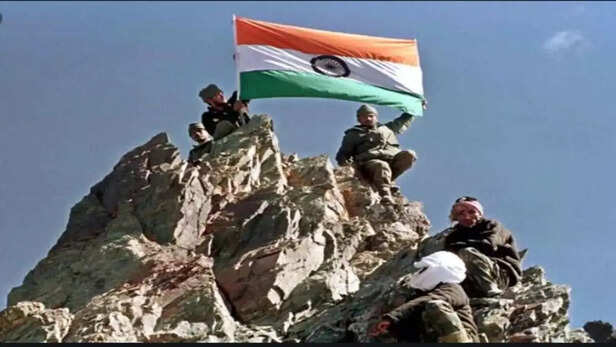
India planned for fights on the plains until Kargil, but the enemy ascended mountains. Kargil broke preconceptions. Our soldiers fought on freezing hills, bleeding on snow, and struggling for air—places no one thought war could reach. Everything altered as a result. The Indian Army stepped up to the plate and established the High Altitude Warfare School, transforming suffering into meaning. They became experts at vertical warfare, oxygen-deprived battle, and snow survival. India's ability to fight mountains was no longer a weakness. Not only did Kargil alter the rules of warfare, but it also altered the Indian ethos of bravery. We learned to rise above boundaries from a conflict fought above the skies.
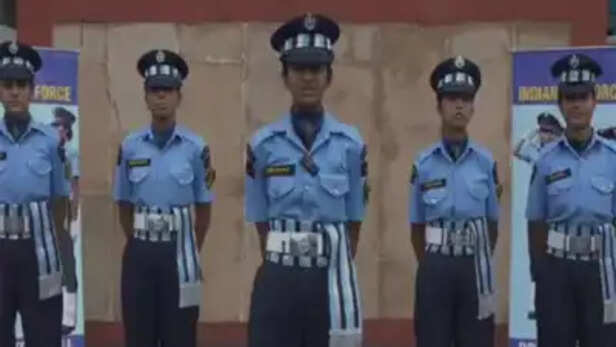
Kargil wasn’t just a battle fought on rugged peaks—it was a wake-up call. While our soldiers and the Indian Air Force displayed unmatched courage, the cracks in coordination among the Army, Navy, and Air Force were impossible to ignore. The absence of a unified war doctrine blurred our collective strength. But from those blood-stained ridges emerged a resolve: never again would India fight fragmented. The war gave birth to joint drills, integrated commands, and the vision of a Chief of Defence Staff. Kargil taught us that victory demands unity—not just in spirit, but in strategy. India listened. And evolved.
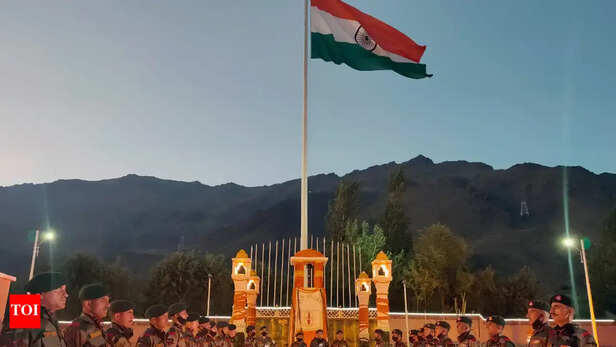
A war came into our living rooms for the first time, not as news stories but as heartache. We saw as the Kargil War played out: families honouring sons in the tricolour, heroic young warriors suffering on icy slopes. It melted something deep within of us; it wasn't just a struggle fought on frigid ground. India felt the war, not merely witnessing it. The country stood together out of pride and anguish rather than obligation. With their hearts beating in time with a soldier's march, civilians turned into silent sentinels. Kargil was a passionate call to patriotism as much as a military victory.
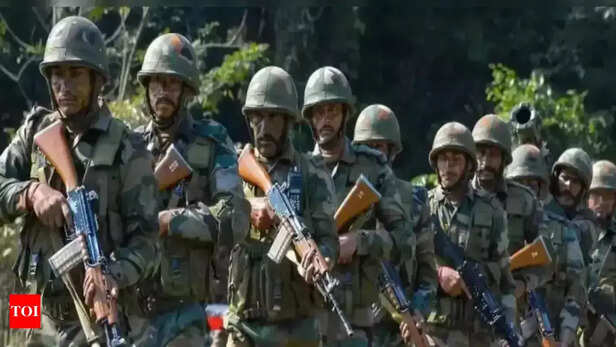
Before Kargil, defense spending was debated like a burden—an expense we’d rather avoid. But the war shattered that illusion. It reminded us in blood and bravery that security isn’t optional—it’s survival. After Kargil, India didn’t just buy weapons; we invested in preparedness, in foresight, in protecting every heartbeat of this nation. Procurement was fast-tracked, emergency powers were given to military leaders, and for the first time, planning for defense became a matter of pride, not politics. Kargil turned our wounds into wisdom—and made national security not a question of cost, but of conscience.

Kargil wasn’t just a battlefield victory; it was a diplomatic triumph. India chose not to cross the Line of Control, earning global support and exposing Pakistan's deceit. This reinforced a new doctrine: peace is preferable, but never at the cost of preparedness. India's foreign policy became more assertive, underpinned by visible military strength. Kargil made the world take India seriously, not just as a peacekeeper, but as a power.
The Kargil War was not just a 74-day conflict; it was a lifetime of lessons compressed into one harsh Himalayan summer. It tore through illusions and stitched together a new defense mindset. It demanded that India stop reacting and start anticipating. Most of all, it reminded every citizen that freedom is fragile, and must be guarded not just by borders, but by belief, bravery, and preparedness. We remember the brave not only for their sacrifice but for what their sacrifice changed. From icy peaks to policy halls, from broken families to stronger frontlines—Kargil changed India forever. Their blood became the ink that rewrote our defence doctrine. Their silence echoes in our eternal vigilance. Their memory lives on—not in stone, but in strategy.
Jai Hind.
Explore the latest trends and tips in Health & Fitness, Travel, Life Hacks, Fashion & Beauty, and Relationships at Times Life!
1. From Complacency to Constant Vigilance

Kargil
( Image credit : Times Life Bureau )
Before the Battle of Kargil, India thought that its rocky landscape and diplomatic pacts would shield it from unexpected invasions. However, the battle revealed the false sense of security. For weeks, Pakistani soldiers posing as militants had taken over vital Indian locations without anybody noticing. A permanent transition from seasonal surveillance to year-round, all-weather vigilance was brought about by this shock. Forward posts in Kargil and Siachen were now manned around the clock. High-tech radars, drones, and satellites were used for real-time surveillance. Kargil showed us that ignorance is a breach rather than a blessing in contemporary combat.
2. The Rise of Intelligence Reform

Kargil Review Committee
( Image credit : Times Life Bureau )
After Kargil, India's intelligence services came under heavy fire. It was a lack of coordination, not bravery, that caused the invasion to go undetected. In the aftermath, the Kargil Review Committee (KRC) was established as a new structure. The administration reorganized the intelligence apparatus following its suggestions. Technology adoption accelerated, interagency collaboration strengthened, and the Defence Intelligence Agency (DIA) was established. Intelligence was now a shared strategic asset rather than a separate activity.
3. Modernising the Soldier's World

Soldier'
( Image credit : Times Life Bureau )
Kargil wasn’t just a war; it was a wake-up call. Our soldiers, full of courage, climbed icy heights with outdated gear against enemies hidden in fortified positions. The nation watched in grief and fury. That pain turned into a promise—never again would a soldier face battle without the best. Bulletproof jackets, snow gear, modern rifles, and secure communication became the new norm. But more than that, it was an emotional revolution—a silent oath that every warrior deserves not just our respect, but the right tools to return home alive. We learned. And we changed, forever.
4. The Birth of Mountain Warfare Doctrine

Indian Army
( Image credit : Times Life Bureau )
India planned for fights on the plains until Kargil, but the enemy ascended mountains. Kargil broke preconceptions. Our soldiers fought on freezing hills, bleeding on snow, and struggling for air—places no one thought war could reach. Everything altered as a result. The Indian Army stepped up to the plate and established the High Altitude Warfare School, transforming suffering into meaning. They became experts at vertical warfare, oxygen-deprived battle, and snow survival. India's ability to fight mountains was no longer a weakness. Not only did Kargil alter the rules of warfare, but it also altered the Indian ethos of bravery. We learned to rise above boundaries from a conflict fought above the skies.
5. Jointness and the Need for Unified Command

IAF
( Image credit : Times Life Bureau )
Kargil wasn’t just a battle fought on rugged peaks—it was a wake-up call. While our soldiers and the Indian Air Force displayed unmatched courage, the cracks in coordination among the Army, Navy, and Air Force were impossible to ignore. The absence of a unified war doctrine blurred our collective strength. But from those blood-stained ridges emerged a resolve: never again would India fight fragmented. The war gave birth to joint drills, integrated commands, and the vision of a Chief of Defence Staff. Kargil taught us that victory demands unity—not just in spirit, but in strategy. India listened. And evolved.
6. Media, Morale, and a Nation Reawakened

Nation Reawakened
( Image credit : Times Life Bureau )
A war came into our living rooms for the first time, not as news stories but as heartache. We saw as the Kargil War played out: families honouring sons in the tricolour, heroic young warriors suffering on icy slopes. It melted something deep within of us; it wasn't just a struggle fought on frigid ground. India felt the war, not merely witnessing it. The country stood together out of pride and anguish rather than obligation. With their hearts beating in time with a soldier's march, civilians turned into silent sentinels. Kargil was a passionate call to patriotism as much as a military victory.
7. Defence Budget: From Burden to Backbone

Defense Budget
( Image credit : Times Life Bureau )
Before Kargil, defense spending was debated like a burden—an expense we’d rather avoid. But the war shattered that illusion. It reminded us in blood and bravery that security isn’t optional—it’s survival. After Kargil, India didn’t just buy weapons; we invested in preparedness, in foresight, in protecting every heartbeat of this nation. Procurement was fast-tracked, emergency powers were given to military leaders, and for the first time, planning for defense became a matter of pride, not politics. Kargil turned our wounds into wisdom—and made national security not a question of cost, but of conscience.
8. Diplomacy Backed by Strength

Kargil wasn’t just a battlefield victory
( Image credit : Times Life Bureau )
Kargil wasn’t just a battlefield victory; it was a diplomatic triumph. India chose not to cross the Line of Control, earning global support and exposing Pakistan's deceit. This reinforced a new doctrine: peace is preferable, but never at the cost of preparedness. India's foreign policy became more assertive, underpinned by visible military strength. Kargil made the world take India seriously, not just as a peacekeeper, but as a power.
From Pain to Power
Jai Hind.
Explore the latest trends and tips in Health & Fitness, Travel, Life Hacks, Fashion & Beauty, and Relationships at Times Life!
